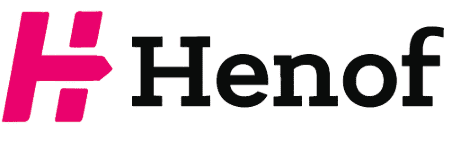Belts are more than just a practical way to keep your pants in place—they are an essential accessory that adds structure and style to your outfit. Whether you’re wearing a business suit, attending a wedding, or dressing up for a formal event, choosing the right belt can make or break your look. This guide will walk you through everything you need to know about belts in suiting—from when to wear one to picking the right style for any occasion.
Table of Contents
Do You Always Need a Belt with a Suit?
Not always. Traditionally, belts are a standard part of formal wear, but modern trends have shifted. A well-fitted suit, especially a custom or tailored one, doesn’t always need a belt since the pants will fit perfectly at the waist. However, if your pants have belt loops, leaving them empty can look unfinished. The rule of thumb? If there are loops, wear a belt—unless you’re going for a more contemporary, beltless look with a perfectly tailored suit.
Why a Belt Matters in a Suit
Belt aren’t just about function; they also serve several key roles in enhancing your suit:
- Adds polish: A belt visually pulls the outfit together by bridging the gap between the upper and lower halves of your body.
- Breaks the monotony: Wearing a belt can add contrast and balance if your suit and shirt are similar in color.
- Expresses personal style: From sleek leather dress belt to casual braided styles, the belt you choose reflects your taste and attention to detail.
Types of Belts for Suits
Not all belts are created equal, especially when it comes to formal dressing. Below are the types of belt that complement a suit best:
1. Dress Belts
Dress belts are the go-to option for most formal occasions. They are typically made from smooth leather, have a simple buckle, and are about 1-1.25 inches wide. Black and brown are the most versatile colors.
2. Casual Belts with Suits
While casual belts are not ideal for formal suits, they can work in business-casual or relaxed settings. Think braided leather or belts with subtle textures that add personality without being too loud.
3. No-Hole Belts
These innovative belts are designed with micro-adjustments, ensuring a perfect fit. They offer both function and style, making them a smart option for men who prefer precision.
Belt Size: Getting It Right
Choosing the right belt size is critical for both comfort and appearance. Your belt size should be 1-2 inches longer than your pant waist size. For example, if you wear 32-inch waist pants, look for a belt that’s 34 inches long. This leaves enough room to fasten comfortably without too much excess belt hanging off. Also, aim for the middle hole—belts usually have five holes, and the middle one is the sweet spot for an ideal fit.
The Right Buckle for Your Suit
When it comes to suits, simplicity wins. Opt for classic, understated buckles that blend effortlessly with your outfit.
- Frame buckles: These are the most common for dress belts, offering a refined look without drawing too much attention.
- Plaque buckles: These provide a more modern, sleek appearance and work well for those who prefer a minimalist style.
- Reversible buckles: Paired with reversible belts, these offer practical versatility, giving you both black and brown options in one accessory. However, ensure the buckle maintains a sleek appearance and doesn’t appear bulky or clash with the elegance of your suit.
Final Thoughts: Balancing Function and Style
A well-chosen belt is the subtle accessory that ties everything together, from business meetings to special occasions. The key is to balance functionality and aesthetics—pick belts that fit well and align with the level of formality required. And remember, in fashion, it’s the small details that make the biggest difference. So next time you suit up, don’t overlook the role your belt plays—it could be the final touch that elevates your entire look.
Belts may not always take center stage in men’s fashion, but they are undoubtedly essential in completing a polished outfit. Pay attention to the small details, and you’ll ensure your suiting game is always on point.

